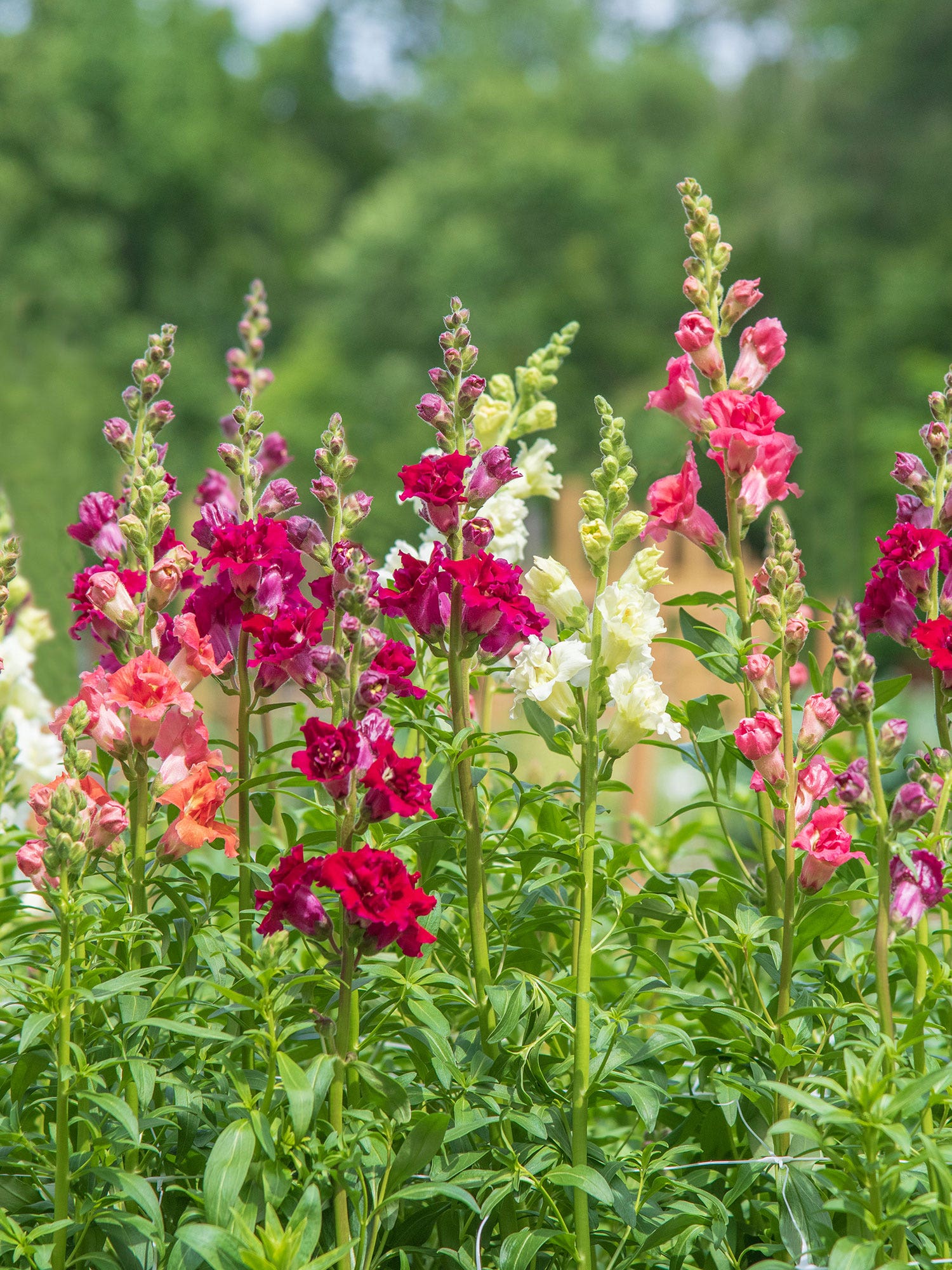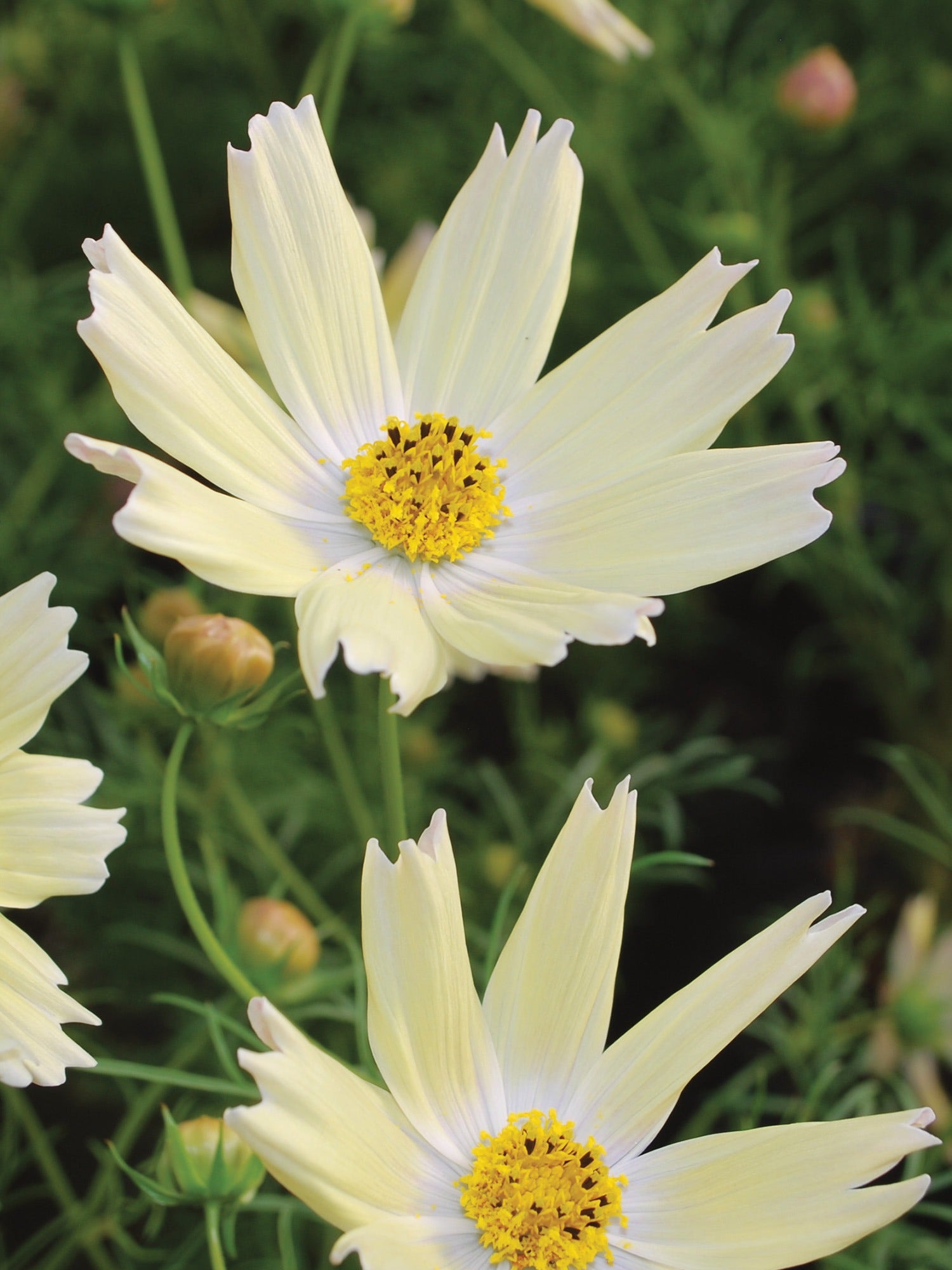What are cut-and-come-again flowers? Advice from a professional gardener on repeat-flowering plants
Planting snapdragons and other cut-and-come-again flowers will help you achieve a low-maintenance and cost-effective flower garden


We are spoilt for choice for flowers in the garden borders during the spring and summer months. Peonies, roses, foxgloves, sunflowers - wherever you look there is a riot of floral color. If you are anything like me, you can't help but cut some flower stems every few days to fill your home with flower vases that look good and smell even better.
If you like to grow flowers for indoor use and fancy yourself as a florist, then growing cut-and-come-again flowers is important. Whether you have a large plot or a small terrace, planning a cut flower garden is an exciting endeavor.
Cut-and-come-again flowers can be either annuals or perennials, and these plants are famed for their long flowering season. If you keep picking, these plants will keep blooming. Here, I share all the information you need on what are cut-and-come-again flowers, so if you are a budding beginner gardener looking to get started with flower bed ideas, we have got all the tips and tricks you need.
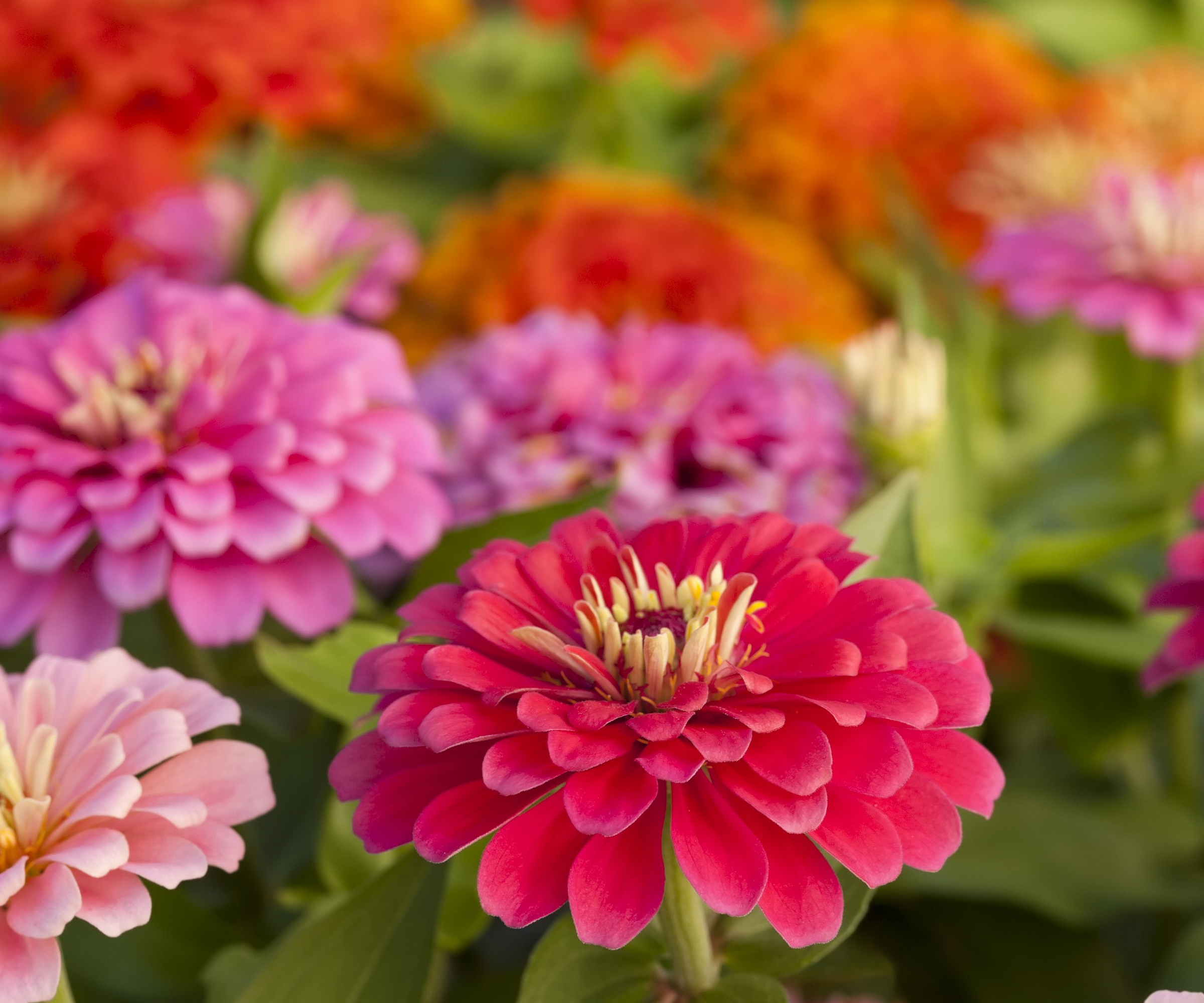
What are cut-and-come-again flowers?
Fortunately for gardeners, many of our favorite plants are considered cut-and-come-again flowers. To me, cutting garden flowers are the most efficient use of space in a productive yard, and importantly, the least expensive way to fill your borders and home with blooms.
Remember that annual cut-and-come-again plants will germinate, bloom and die all in one season, whereas perennial cut-and-come-again plants will come back year after year.
How do you care for cut-and-come-again flowers?
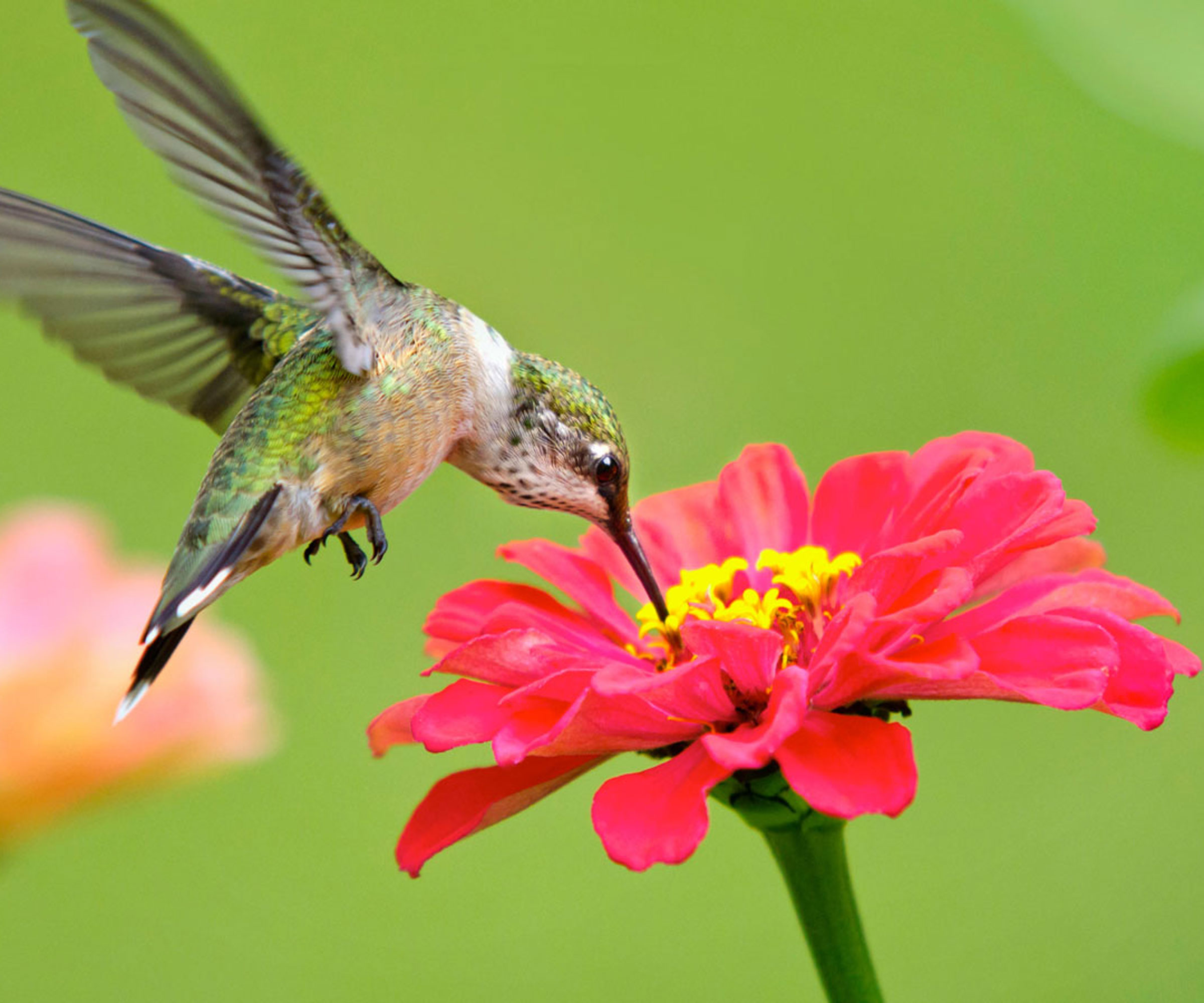
Learning how to grow cut-and-come-again plants is a simple task, and there is no secret skill to caring for these flowers. For example, learning how to keep snapdragons flowering involves consistent watering, feeding and deadheading. If you do these three things, you cannot go too far wrong.
As with other cottage garden plants, most flowering annuals and perennials will need sunshine and good drainage, unless they are labeled as a part-shade or full-shade plant, such as anemones.
Design expertise in your inbox – from inspiring decorating ideas and beautiful celebrity homes to practical gardening advice and shopping round-ups.
Finally, it can often be a good idea to stake and support your plants. For example, when learning how to grow phlox, flower stems can grow tall and risk collapsing during heavy rain or high winds.
Consider tying your plants to bamboo canes, or, if you are feeling creative, why not learn how to build hazel plant supports, for a natural, artisanal look in your borders? Remember to tie twine loosely to allow the plant to move slightly in the wind.
Are snapdragons cut-and-come-again flowers?
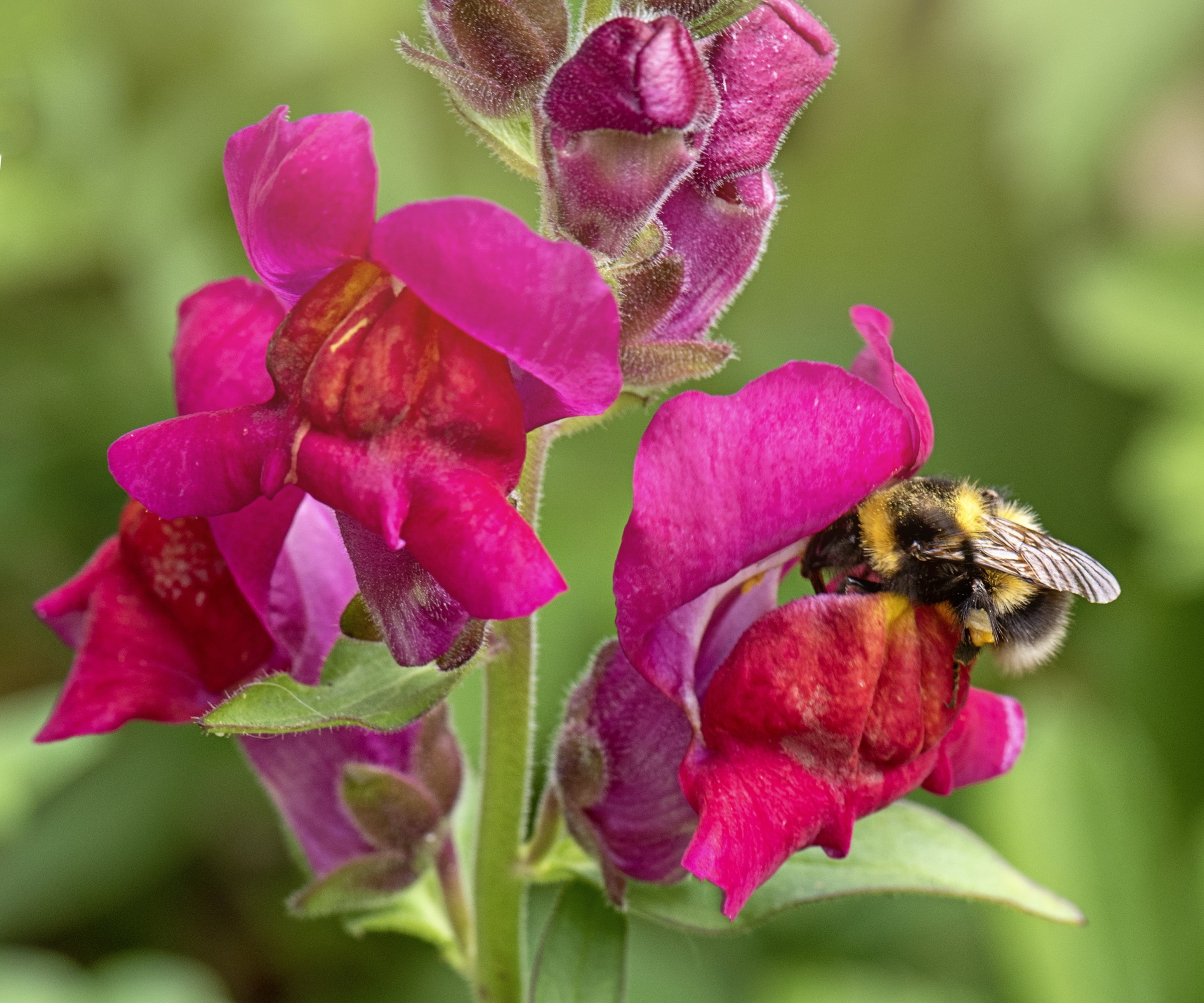
Snapdragons, as well as zinnias, cosmos and many other popular annuals, are all considered cut-and-come-again plants. These blooms will germinate, grow and flower all within one season.
I tend to grow a selection of annuals, some that will flower earlier in the year, like snapdragons, and some that will flower later in the summer, like zinnias. Depending on your US hardiness zone, some blooms can last into the fall, such as cosmos, adding color to your yard and home when the days get shorter.
There are also some perennial plants, such as anemones and phlox, that can also be considered perennial cut-and-come-again blooms. I have grown anemones in several gardens while working as a professional gardener, and these full-shade perennials will continue to produce flower stems if you continue to cut them.
As with any deadheading jobs, the trick is to cut the stem just above a leaf node, from where new flowers will grow. When cutting flowers for vases, it is a good idea to select tall, straight stems, although sometimes wild-looking, bendy stems can help to create an attractive, natural aesthetic.
Remember to rotate between different plants, cutting alternate plants to keep them compact and productive throughout the season. This constant snipping will encourage new stems and yield more blooms.
FAQs
Can I grow cut-and-come-again flowers in a pot?
Yes, most cut-and-come-again flowers can be grown in pots. Annual flowers are a good option for container gardening, and snapdragons, zinnias and cosmos plants can be grown in pots and will flower late into the fall if they are happy. Ensure that your containers are planted using good quality potting soil and remember to water your plants frequently during the warm summer months.
Growing cut-and-come-again flowers in your yard is a great idea for filling your borders with blooms that will keep producing stems throughout the spring and summer months. For more information on cut flower growing, see our guide on cut flowers to grow for hayfever sufferers.

Thomas is a Content Editor within the Gardens Team at Homes and Gardens. He has worked as a professional gardener for both public spaces and private estates, specializing in productive gardening, growing food and flowers. Trained in Horticulture at the Garden Museum, he has written on gardening and garden history for various publications, including The English Garden, Gardens Illustrated, Hortus, The London Gardener and Bloom. He has co-authored a Lonely Planet travel book, The Tree Atlas, due out in 2024.
